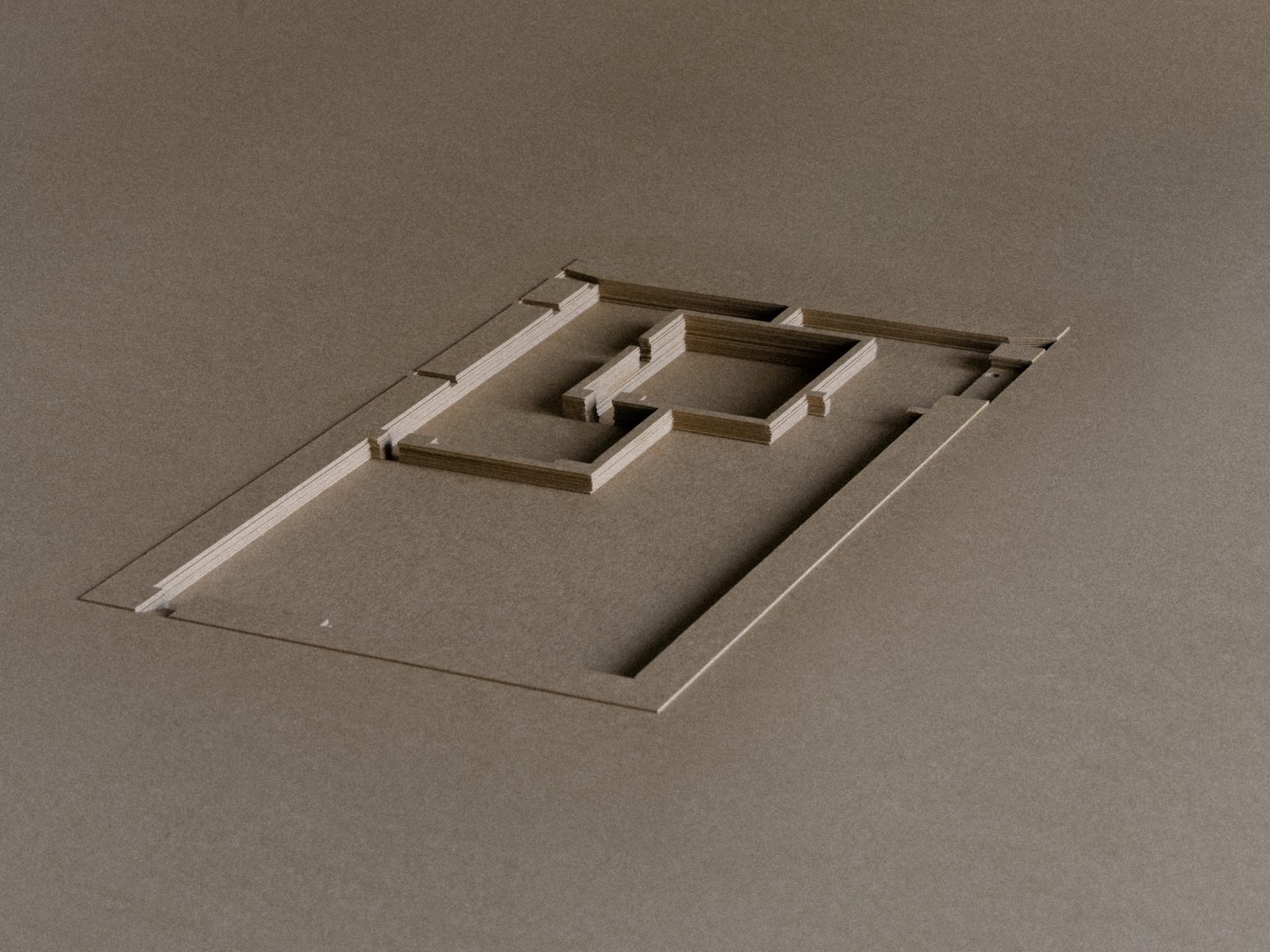MANTUA – I-TAL-YA Books and the Talmud as architectural form

More than 1,500 rare printed volumes from the Jewish community of Mantua have been cataloged as part of the international I-TAL-YA Books project, led by the Union of the Italian Jewish Communities (UCEI). Architectural photographer and visual artist Giulia Flavia Baczynski, a graduate of the Polytechnic University of Milan, spent “eight hours a day, for almost a year” working on these volumes, which sparked her inspiration for the upcoming exhibition The Shape of Time: The Talmud as Architecture. This exhibit will open in the monumental halls of the Teresian Municipal Library, where the volumes are preserved. Supported by the local administration and sponsored by the Man Tovah Association (from the ancient Jewish expression Man Tovah or city of the good manna) the exhibition opens on November 21 and will run through February 1.
Through photographs, models, and drawings, Baczynski aims to illustrate how books, particularly ancient ones, serve as “an inexhaustible source of knowledge that is passed down to the present, providing living material for study, reinterpretation, and even artistic reinterpretation.” Her approach offers a rich blend of scientific rigor and evocative insight.
In her research, Baczynski was especially struck by the “graphic methods used by early Jewish printers to lay out their books using the new movable type.” In many of these works, the textual structure itself mirrors a form, with the flow of written thought unfolding slowly through the meticulous process of typesetting, she explains. In some cases, however, this practice achieves a greater complexity, creating “interlinked significant forms.”
The Talmud exemplifies this, she says, as a “masterpiece of typographic art” where texts and their commentaries are arranged in a precise layout, visible in the page’s blank spaces. Baczynski likens this structure to the spatial organization of the Temple in Jerusalem, observing that, like the Beit haMiqdash, the Talmud “structures human discourse on divine law into word-rooms, merging physical and symbolic space into a single, dynamic entity: the book.”
